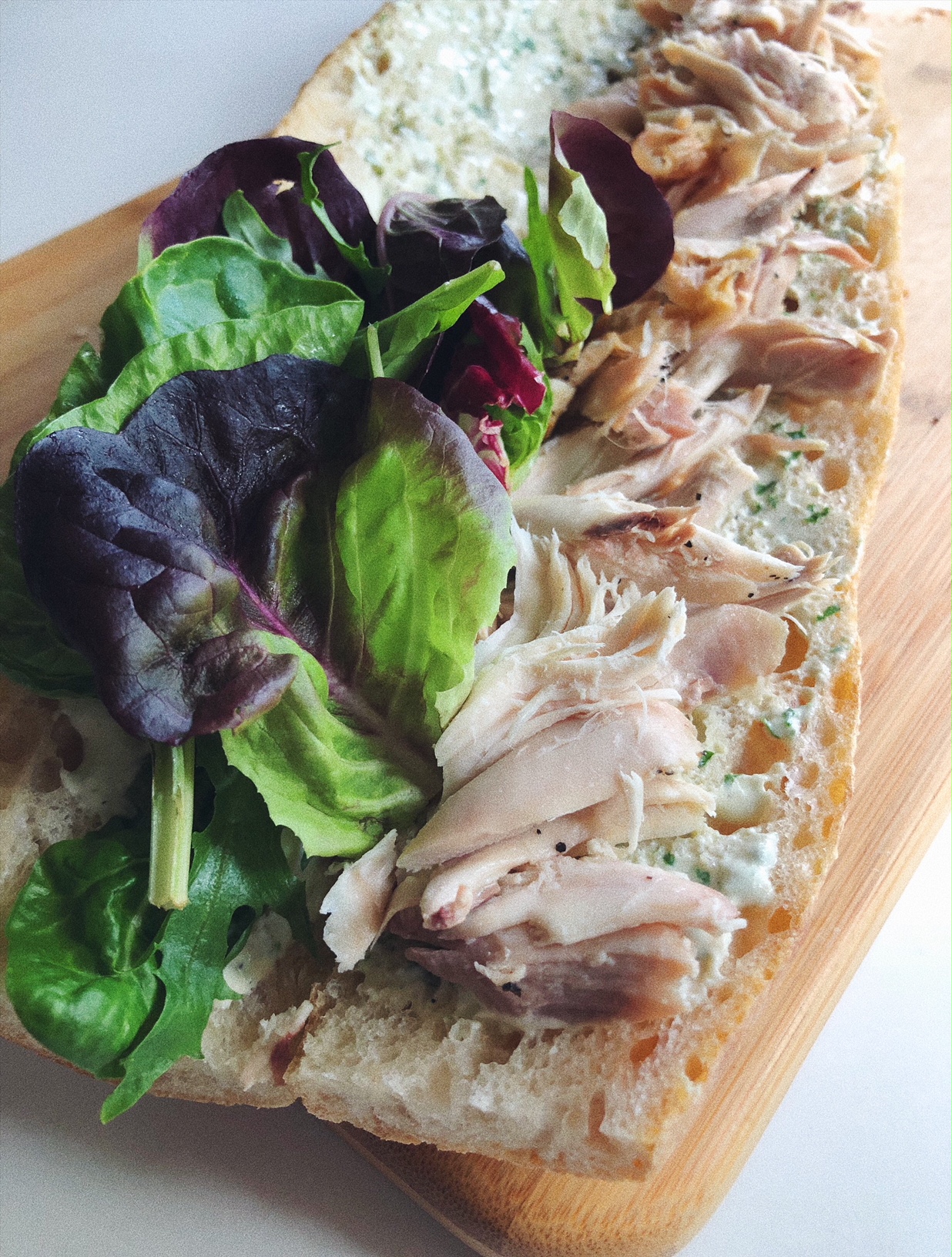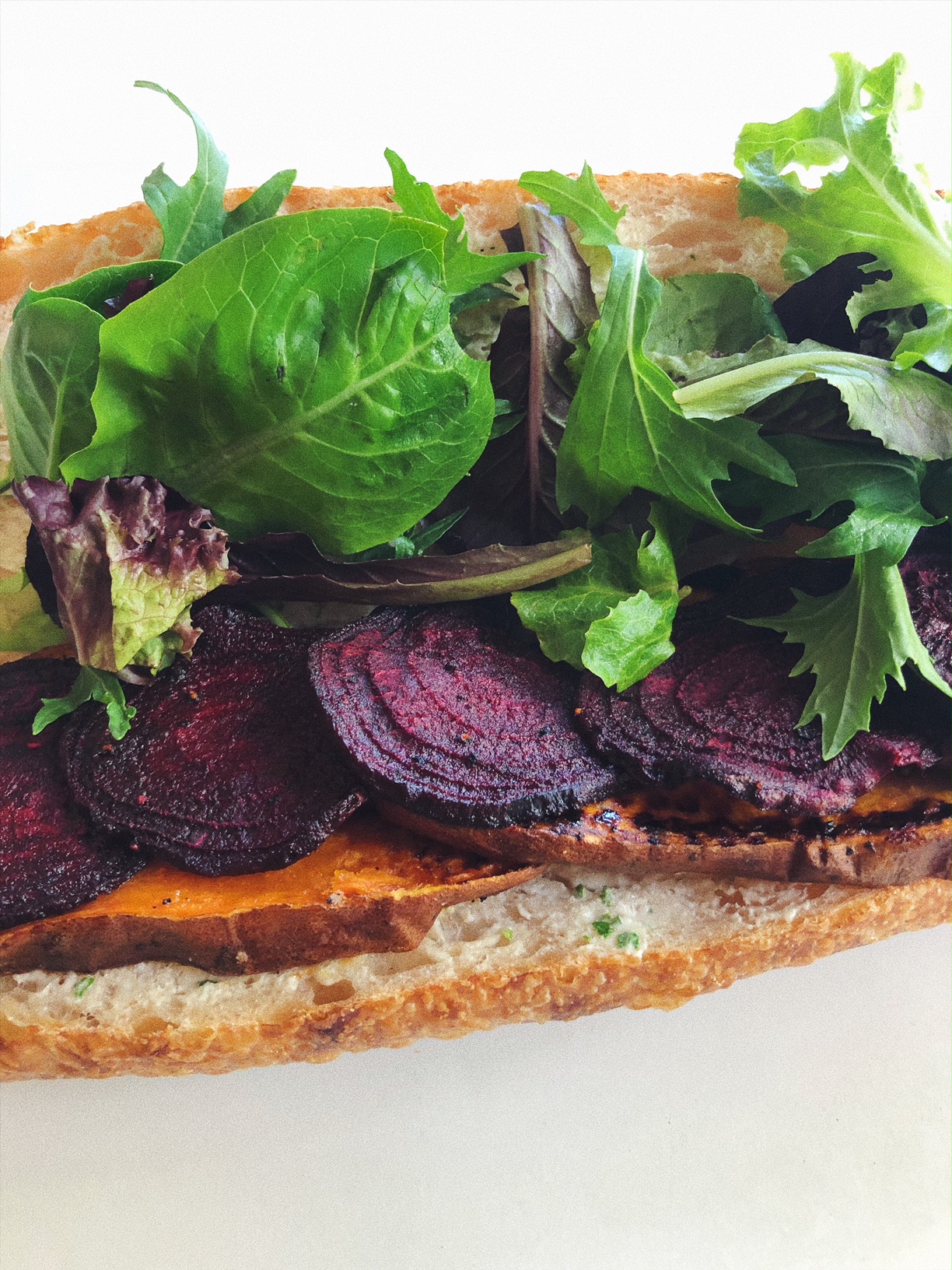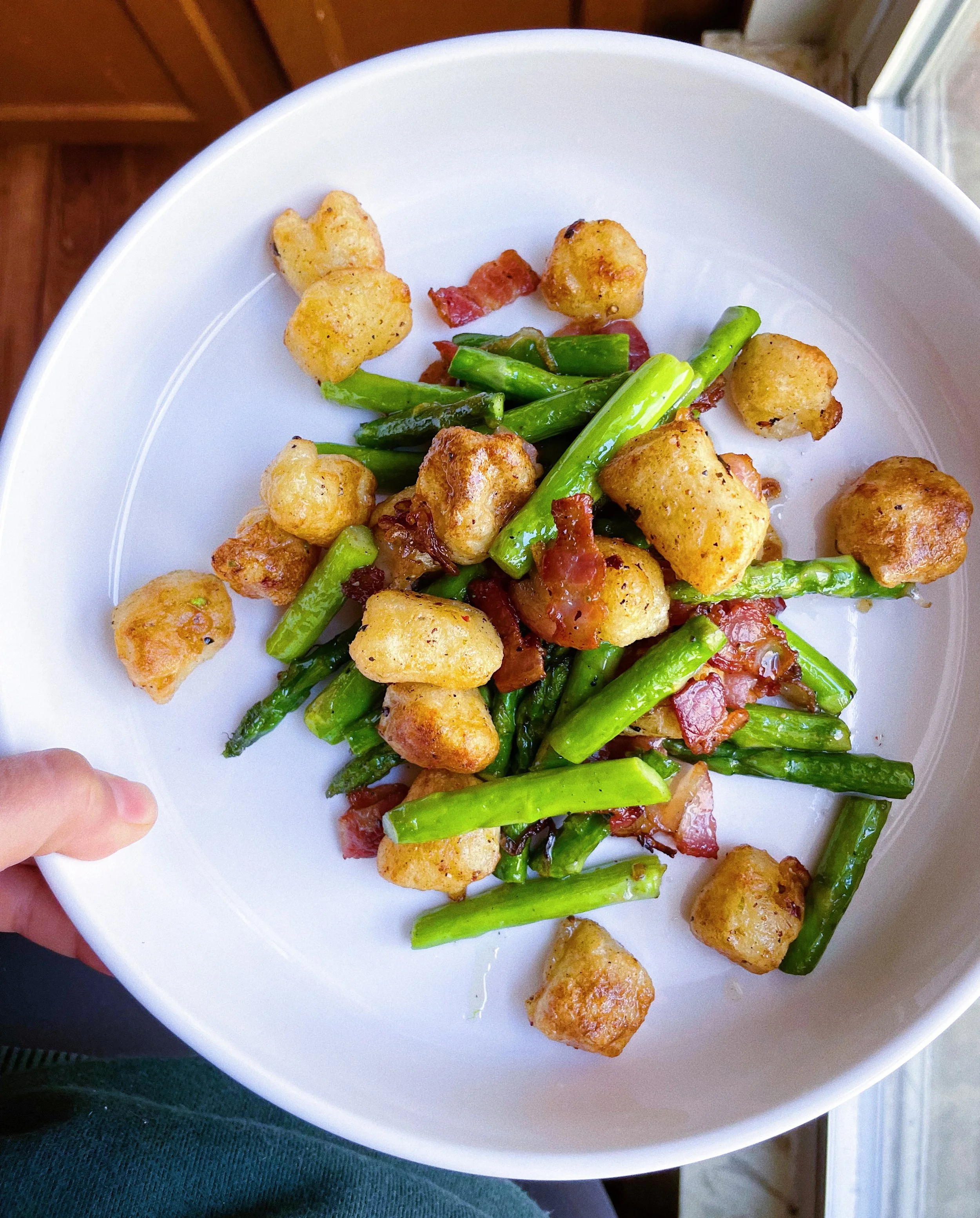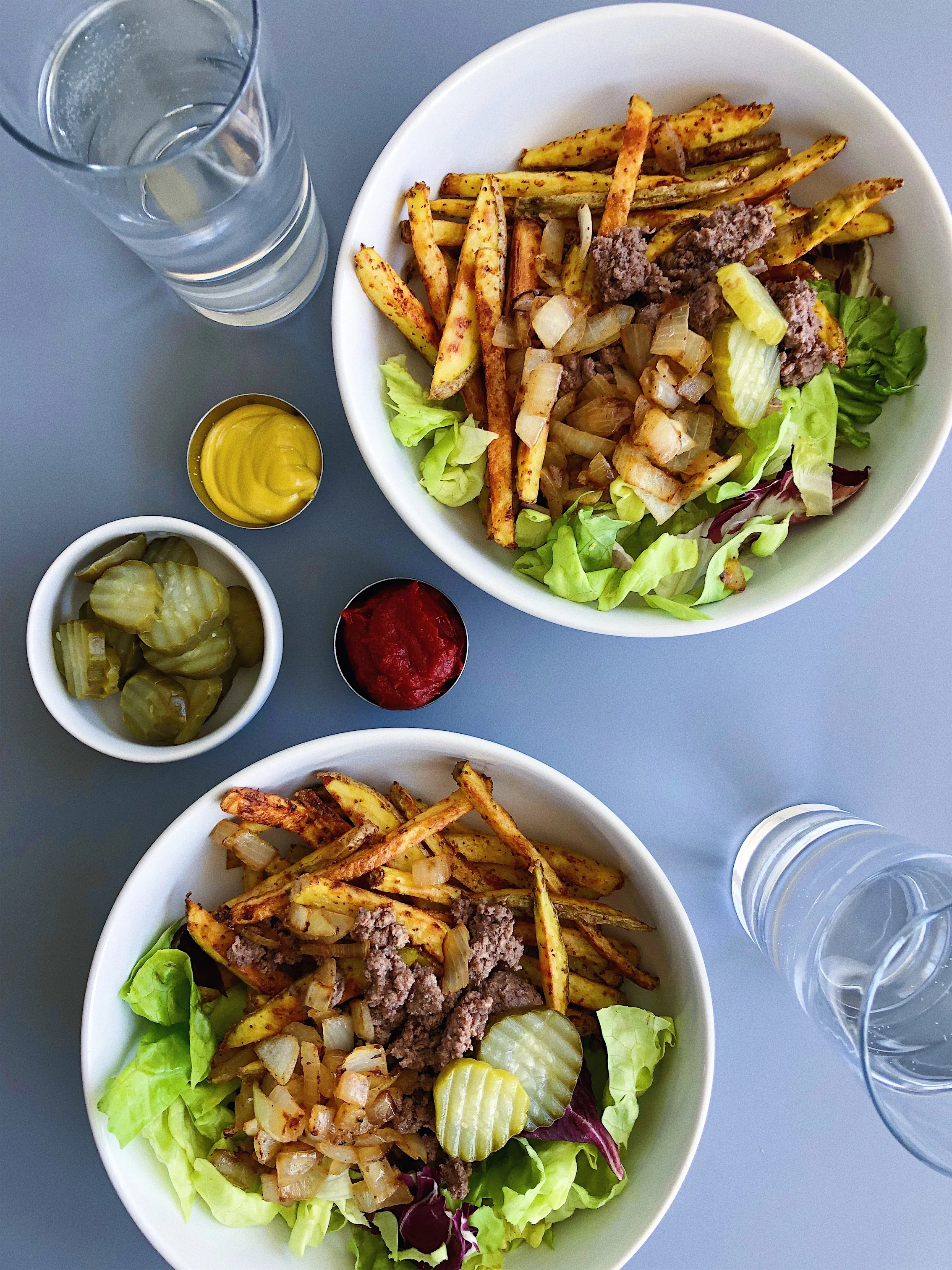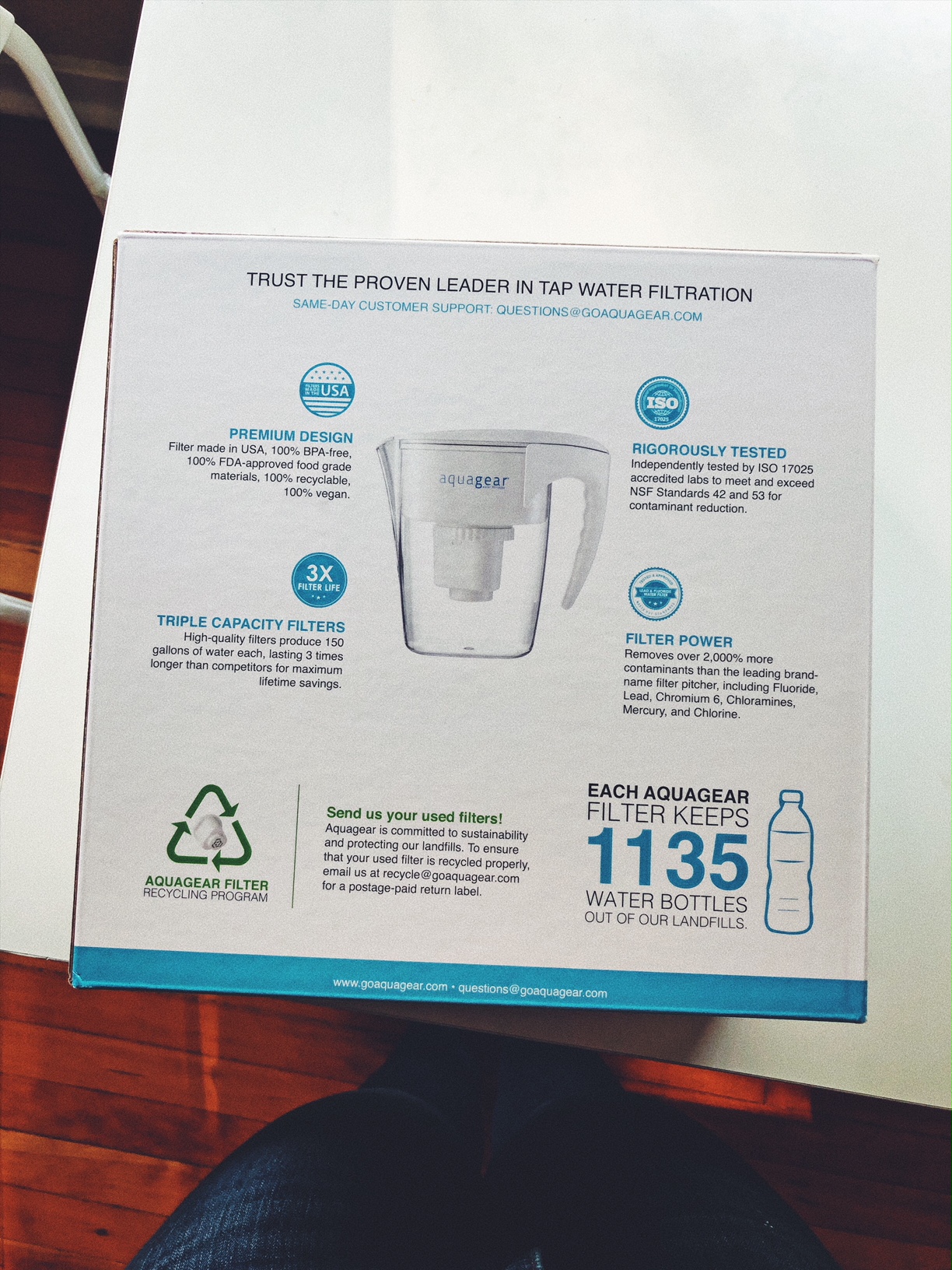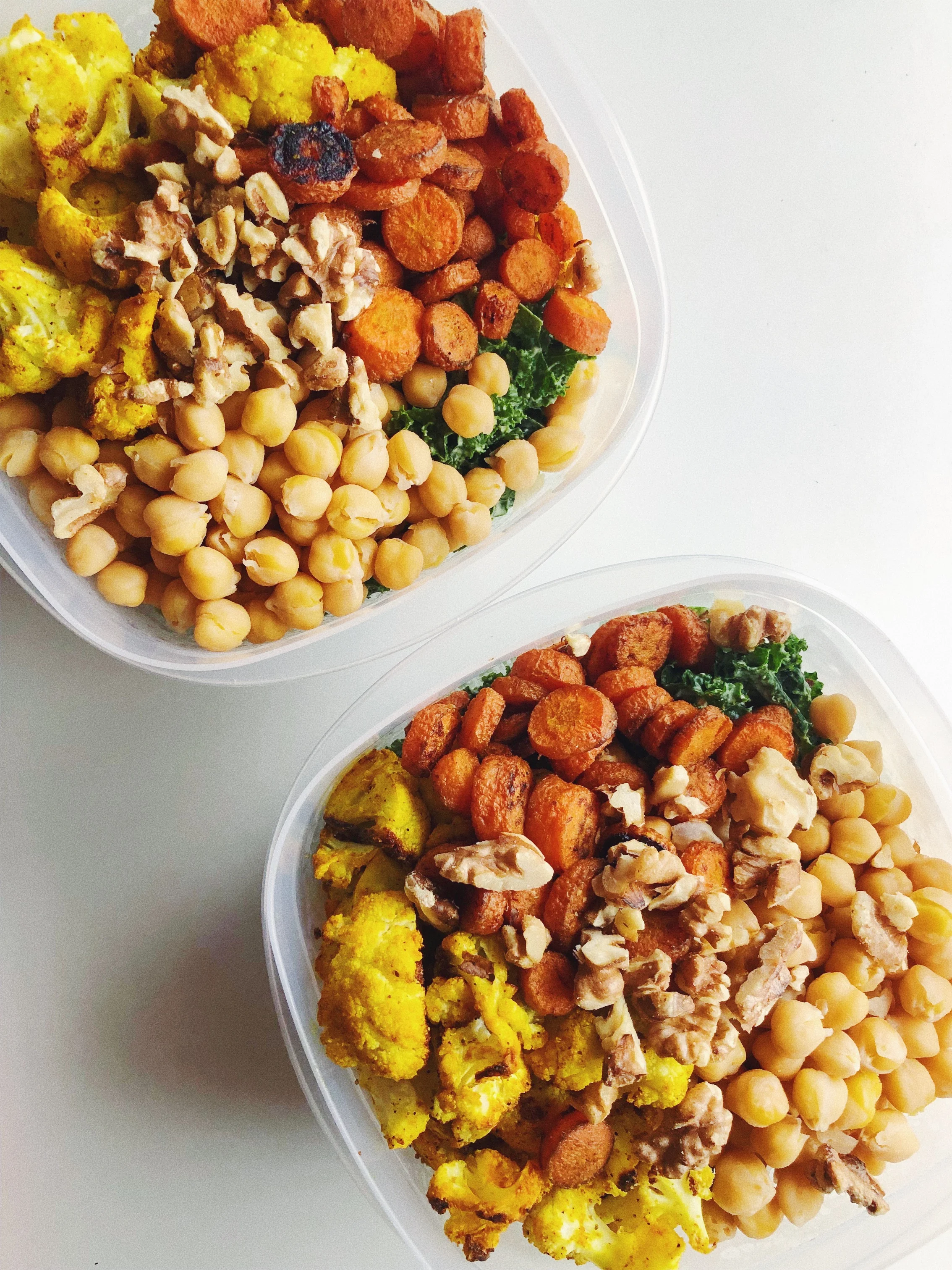I live for the summers - I live for the sun and all the other activities that come with it. Camping, picnics, bike rides, outdoor concerts, beach/river days. And since forever, I was in charge of food for these events (big surprise, huh?).
When I was in high school we would drive from the suburbs of Chicago to the beaches in the city, and I would insist we stop at Whole Foods to pick up fresh fruit, chips and bevvies. One of my favorite summertime events was the free concerts held in Millennium Park. You bring your own picnic and enjoy amazing music as the sun sets over Lake Michigan. I would get food (and wine) ready for me, my best friend, my mom and whichever other friends were meeting us there.
Food for a crowd is usually not easy, but food for a crowd that you need to transport in a bag you can carry on your shoulder (plus all those wine bottles) is even more challenging.
Enter - my go-to summer sammie. It's stupid easy to make, stays good for a couple days in the fridge, and is fairly light and transports well. It's the perfect summer snack for your outdoor concert, picnic, camping trip or backyard party.
the good
The original version of this sandwich involved Miracle Whip and store-bought pesto and chicken deli meat, so I decided to update the sandwich to make it a little more sophisticated and a little better for you. I included an omnivore and a veggie version because the more that get to enjoy this sandwich, the merrier.
The Cashew Basil Mayo is key to the flavor of this sandwich, so I highly suggest you make it. If you're in a pinch - high quality mayonnaise (like Chosen Foods or Primal Kitchen) + some fresh basil works great. You can use a store-bought pesto, but there's often dairy and questionable oils in them so keep an eye out.
This is one of the rare sandwiches that actually gets better as it sits in your fridge. The bread softens a little bit and the flavors get a chance to marinate. So you can make it up to three days ahead of time.
the medicine
Sourdough bread is what I recommend to my clients that are hooked on traditional store-bought loaves (which are often full of sugar and preservatives). Most are shocked when I tell them to go for this more satisfying bread. Why sourdough? First, the ingredients are minimal - no preservatives or added sugar. Second, because sourdough is fermented, some of the proteins are broken down, making it easier to digest. I still recommend cutting down bread intake, but if you're gonna do it, do it right with sourdough.
Cashews are full of healthy fats and trace minerals. They make the best dressing, dip, spread, etc. They work super well as substitutes in vegan and dairy-free recipes.
Greens... do I even have to say it? Add more greens whenever and wherever you can!
Organic chicken contains high-quality protein, essential minerals and vitamins such as vitamin D and B vitamins. If you choose to buy organic chicken (which I recommend you do), there is a much higher concentration of omega-3 fatty acids - essential to fight inflammation.
If you opt for the veggies - awesome. The more the veggies, the better - always! They're full of fiber and phytonutrients we need to thrive.
tips
Make this sandwich up to three days ahead of time.
I like to slice the baguette into sammies that are slightly different sizes for different appetites. Then I wrap each one in plastic wrap and store in the fridge.
You can get non-GMO, organic whole roasted chickens at Whole Foods for $9.99. It's cheaper than roasting your own - great for anyone who's busy or on a budget.
Go-To Summer Sammie: Omnivore + Vegan Version
Ingredients
1 sourdough baguette (preferably organic)
1 cup-ish Cashew Basil Mayo
3 cups mixed greens
2-3 cups shredded organic chicken OR
2-3 cups roasted or grilled veggies (zucchini, onion, beet, sweet potato, eggplant, etc.)
Cashew Basil Mayo
1 cup of cashews, soaked overnight
1/4 cup avocado oil
1/4 cup water
1 tbsp apple cider vinegar
1 clove of garlic
juice of 1/2 a lemon
1/2 tsp salt
pepper to taste
1/4 cup tightly packed fresh basil
Instructions
1. If you need to roast chicken or grill your veggies, do that now. In fact you can do it ahead of time.
2. Make Cashew Basil Mayo by adding everything except the basil into a blender or food processor. Blend until extremely smooth. If it's too thick and not blending, add water a tablespoon at a time until desired consistency is reached. You want this to be on the thicker side. Then add the basil and pulse several times until the basil appears to be small flecks. Transfer to a glass jar and set aside.
3. Set up your sandwich makin' station. Trim the ends of the baguette and set aside for a snack. Slice baguette length wise - open it up and "bend" it a little so it stays mostly open on its own. Spread each side generously with the Cashew Basil Mayo. If you're so inclined, sprinkle with a little sea salt + fresh ground pepper.
4. Line one side with chicken or roasted veggies. Line the other side with plenty of greens.
5. Close sandwich and make sure everything is tucked well inside. Slice into sandwiches of varying sizes and wrap tightly in plastic wrap or store in a tupperware container.
6. Store in the refrigerator up to 3 days. If you have mayo leftover, it will keep for up to a week in the fridge. Enjoy!
*Note: I'm usually pretty anti-disposable plastic items, but this is a really good way to keep the sandwiches stored without falling apart, and because I do it so rarely I give myself a pass on this one.



